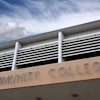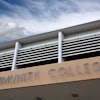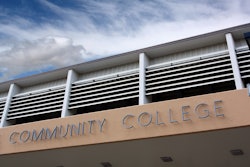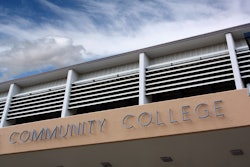Guided pathways is a reform movement that aims to help community college students graduate, transfer to four-year institutions and attain jobs with value in the labor market by reframing the entire student journey.
For this to happen, the guided pathways framework includes four pillars of implementation for colleges:
Faculty involvement in the work of guided pathways — particularly around Pillar 4 — is key. This pillar asks that faculty (full-time and part-time) be fully engaged in the pathways mission and, in turn, use their classrooms to engage students in the process.
However, not all faculty know if their college is engaged in guided pathways. According to data collected from the 2019 Community College Faculty Survey of Student Engagement, which is based on responses from 7,534 faculty across 73 colleges, 68% of full-time faculty and 39% of part-time faculty report their college is in the process of implementing guided pathways. On the other hand, 32% of full-time faculty and 61% of part-time faculty report not knowing whether their college is implementing pathways. Furthermore, among faculty who are aware, 45% of full-time faculty and 58% of part-time faculty say they need more professional development about their role in the work.
When faculty know their college is implementing guided pathways, their perceptions of their students
and their own behaviors reflect higher levels of engagement. In response to ‘How often do your students work on a paper or project that requires integrating ideas from various sources?’ 60% of faculty who say their college is implementing guided pathways responded “often” or “very often,” while 49% of faculty who report not knowing if their college is implementing guided pathways responded the same way.
Since faculty engagement is essential for guided pathways reform, the Center for Community College Student Engagement led the Ensure Students Are Learning Project, funded by the Bill and Melinda Gates Foundation. The project’s purpose was to develop resources that institutions can use to engage faculty in the pathways work. As one element of the project, Center staff interviewed more than 250 community college faculty members to collect descriptions of innovative teaching practices related to Pillar 4. These interviews resulted in a searchable database of faculty stories.















